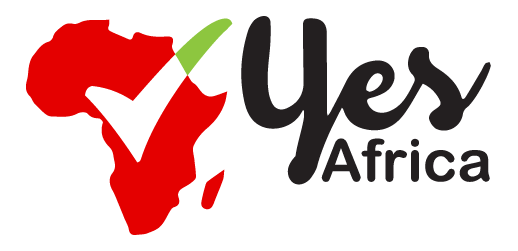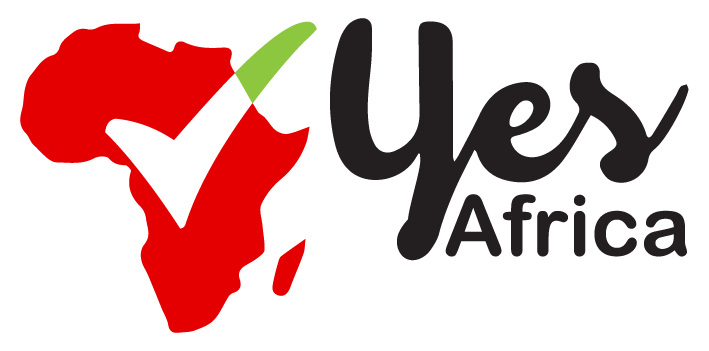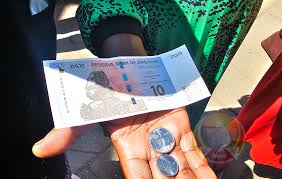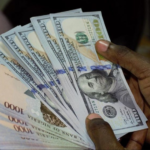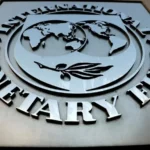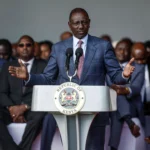Zimbabwe experienced a significant increase in its inflation rate in January, both in U.S. dollar and local currency terms, driven primarily by rising food and housing costs.
In terms of U.S. dollars, the inflation rate surged to 14.6% year-on-year, following a 2.5% rise in December. Meanwhile, local currency inflation escalated to 10.5% month-on-month in January, compared to a 3.7% increase in December, as reported by the statistics agency on Tuesday.
Independent economist Prosper Chitambara indicated that the severe regional drought experienced last year, along with new taxes implemented this month, likely played a role in the inflation spike.
“It may be attributed to the new taxes that have come into effect this month. The substantial costs are being transferred to consumers. Prior to the next harvest season, we can expect an upward trend in inflation as the drought continues to apply inflationary pressure,” Chitambara stated.
- Advertisement -
In his recent budget, Finance Minister Mthuli Ncube announced a 0.5% tax on fast food and a 10% tax on all sports betting revenues, which became effective this month.
Another independent economist, Tony Hawkins, remarked that inflation in U.S. dollars has been “grossly understated,” suggesting that the authorities in the Southern African nation are struggling to keep pace.
Zimbabwe introduced a new gold-backed currency in April of the previous year; however, it faced a sharp devaluation in September, and foreign currencies, particularly the U.S. dollar, remain prevalent for most local transactions.
Since the devaluation, the Zimbabwe Gold currency has continued to decline, trading at approximately 26.3 to the dollar as of Tuesday, according to the central bank’s website.
